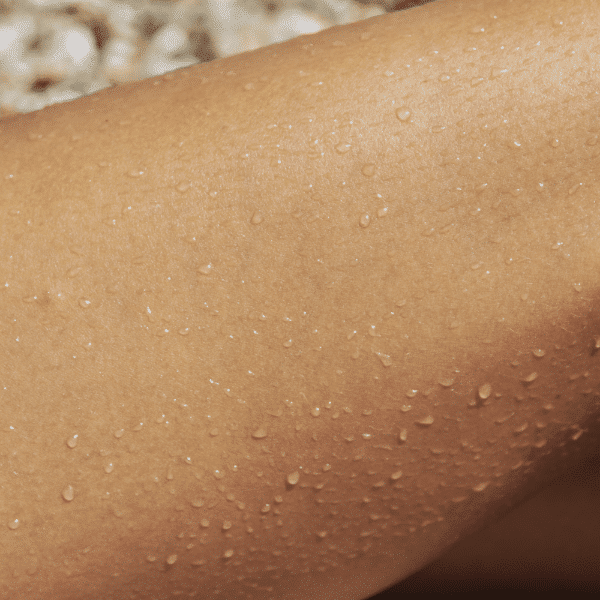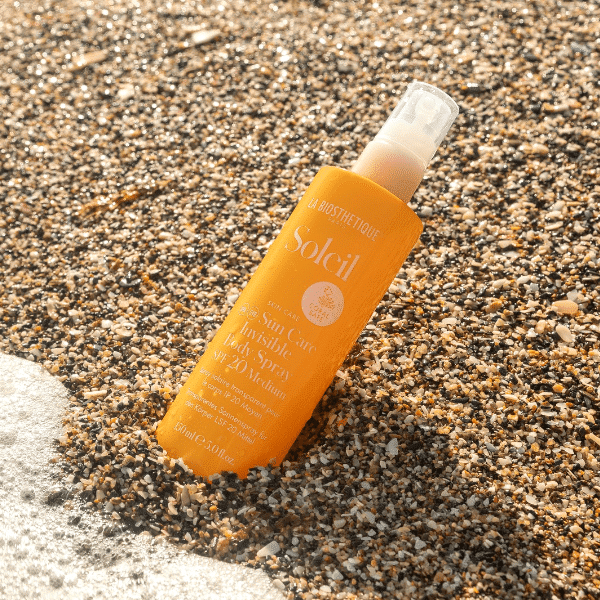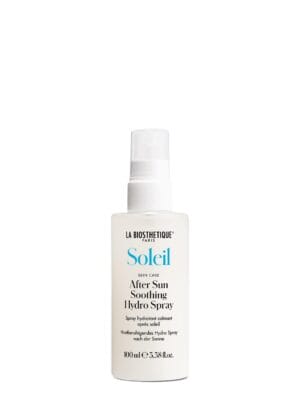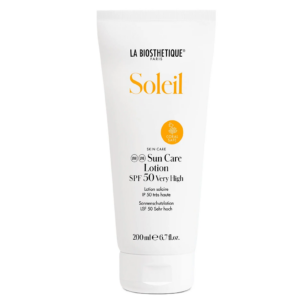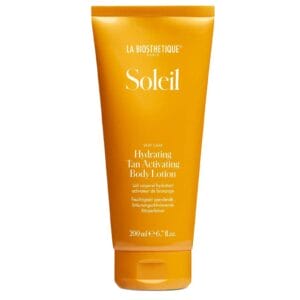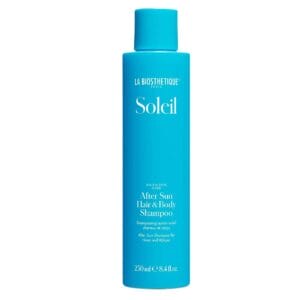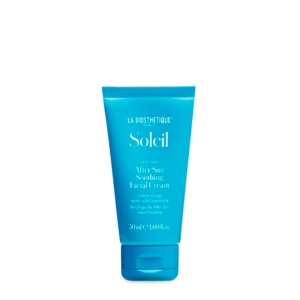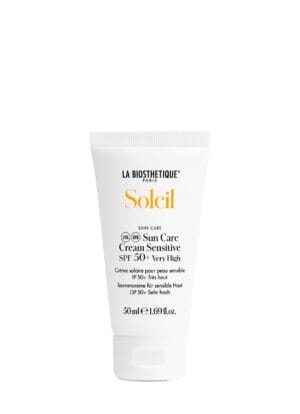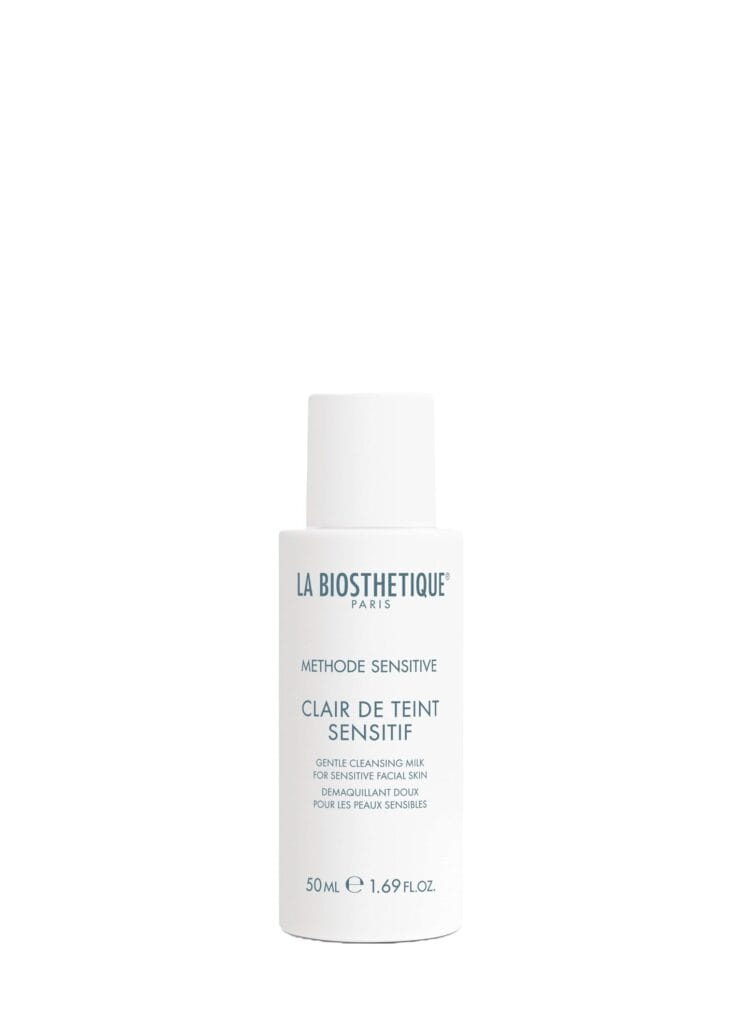Summer is in full swing, and many of us are in search of that perfect golden tan. However, achieving a healthy tan can be challenging if proper precautions aren’t taken. In this blog, we’ll provide you with a comprehensive guide on how to get a safe and healthy tan while minimising the risks to your skin.
1. Understand your skin type
Before you embark on your tanning journey, it’s crucial to know your skin type. Skin is classified into six types according to the Fitzpatrick scale:
- Type I: Very fair, always burns, never tans.
- Type II: Fair, usually burns, tans minimally.
- Type III: Medium, sometimes burns, tans gradually.
- Type IV: Moderately dark, rarely burns, tans well.
- Type V: Dark, almost never burns, tans intensely.
- Type VI: Very dark, never burns, tans deeply. Knowing your skin type will help you determine the amount of sun exposure you can tolerate and the products you should use.
2. Use appropriate sunscreen
Sunscreen is your best ally in achieving a healthy tan. Here are some tips on how to use it:
- Choose an appropriate SPF: For most people, SPF 30 is sufficient, but if you have very fair skin, opt for SPF 50 or higher.
- Reapply every two hours: Sunscreen wears off, especially if you swim or sweat. Reapply every two hours or after swimming.
- Use a sufficient amount: Apply a generous amount to all exposed areas of your skin. Most people don’t use enough sunscreen, which reduces its effectiveness.
3. Gradually increase your sun exposure
Avoid trying to achieve a deep tan in a single day. Here’s a healthier strategy:
Start with short sessions: Begin with 15-20 minutes per day and gradually increase your exposure time. Avoid peak hours: UV rays are strongest between 10 a.m. and 4 p.m. Try to tan outside these hours to reduce the risk of burns. Rotate regularly: Turn your body frequently to ensure an even tan and prevent areas from burning.
Sun exposure can dehydrate your skin, so it’s essential to keep it well-moisturised:
- Drink enough water: Stay hydrated from within by drinking at least 8 glasses of water a day.
- Use moisturising lotions: Apply a moisturiser after tanning to keep your skin soft and supple. Products with aloe vera or vitamin E are especially beneficial.
5. Consider alternatives to traditional tanning
If you’re concerned about sun damage but still want a tanned look, consider these options:
- Self-tanners: Self-tanners are a great option for achieving a golden glow without sun exposure. Be sure to exfoliate your skin well before applying to avoid streaks.
- Spray tans: Professional spray tans can provide a uniform and natural colour.
6. Monitor your skin
Pay attention to any changes in your skin. If you notice new spots, moles, or any abnormalities, consult a dermatologist. Early detection of skin issues is crucial for preventing serious complications.
Conclusion
Achieving a healthy tan is possible if you follow these recommendations. Remember that sun protection is essential and that a gradual tan is safer than trying to achieve an intense shade quickly. Hydrate your skin and consider alternatives if you’re concerned about sun effects. Enjoy the summer and tan your skin responsibly!

